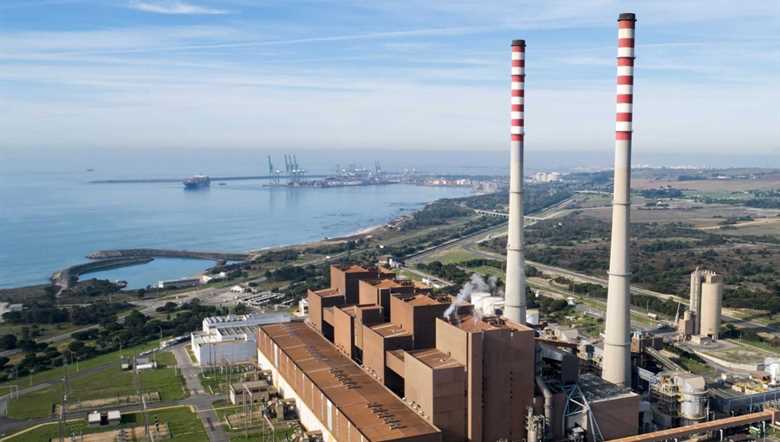A company with American and British capital will invest 3,5 billion euros in a hyper Data Center in Sines, a mega data center that, according to the Secretary of State for Internationalization, in statements to Lusa last April, “has the potential of being the largest foreign investment raised by the country since Autoeuropa”.
Officially announced by the Prime Minister at the inauguration of EllaLink, a transatlantic undersea cable that will constitute a highway for the fastest transmission of digital data between Europe and Latin America, the “largest data center in southern Europe” will be built in the Zone Industrial and Logistics of Sines (ZILS) and, according to those responsible for the project, may create up to “1200 highly qualified direct jobs”.
Planned to implement in a location managed by a company from the state's business sector, in the vicinity of the former coal-fired power plant, on land covered by the ZILS Urbanization Plan classified as urban land, the project, however also approved by PIN, in addition to the partner aspect -economic of digital transition and generation of qualified employment, is presented as having a strong environmental component of energy transition: it will be totally powered by renewable energies and the buildings will be cooled with sea water.
Everything seemed to go smoothly until it was realized that, through the approval of a regulatory decree, approved by the Council of Ministers in February 2020, the Natura 2000 Network was re-delimited, extending it to the lands in question, classifying them as a Special Zone of Conservation (ZEC). All the bells rang.
Although on urban land, having land classified as Rede Natura 2000 implies, as a general rule, that urban planning operations must have an environmental impact assessment or, in some cases, an environmental impact assessment.
And even if they prove to be compatible with statutes such as the ZEC, the licensing of projects, whether PIN or not, is unavoidably more time-consuming. Hence, the expectation, also made public, of having a first of five buildings that make up the Data Center ready to open in 2023 may be compromised.
History has not accustomed us to the fact that, before taking decisions such as that of the aforementioned regulatory decree, it is current practice to consider whether a given proposal implies or not, and to what extent, with other instruments of territorial planning. Or that, in honor of the decisional proportionality, it is customary to make certain sectorial concessions in favor of the stability and consistency of the normative framework.
This is indeed a coordinating role that the different territorial planning authorities have successively failed to fulfill, with the eroding effects that are known at the level of trust of agents in the territorial management system.
At the same time, it is clear that the new Natura 2000 ZECs invaded the ZILS Urbanization Plan, approved in 2008, without asking for permission, which, incidentally, would not raise questions if, in the face of news such as those that have recently been made public, simply and objectively clarify what are the foundations that motivated the classification of those lands as such.
And that was necessary. We agree that expanding the Natura 2000 Network onto land from an old coal-fired power plant and contiguous areas, urban land classified for more than a decade by an urbanization plan for an effectively industrial zone, in addition to being contradictory and strange, is not a decision easy to understand for anyone. Whether or not there was a new hyper Data Center in the pipeline, whether or not it was a singular investment with indisputable credibility, and the matter would always deserve a thorough clarification by those entitled to it.
After all, what habitats and species with protection status exist there? What field work was done to prove or even indict it? After all, what direct or indirect conservationist interest was the basis for extending the Natura 2000 Network to those lands?
Author Nuno Marques is an Urbanist, former vice-president of CCDR/Algarve (2012-2020)


















Comments